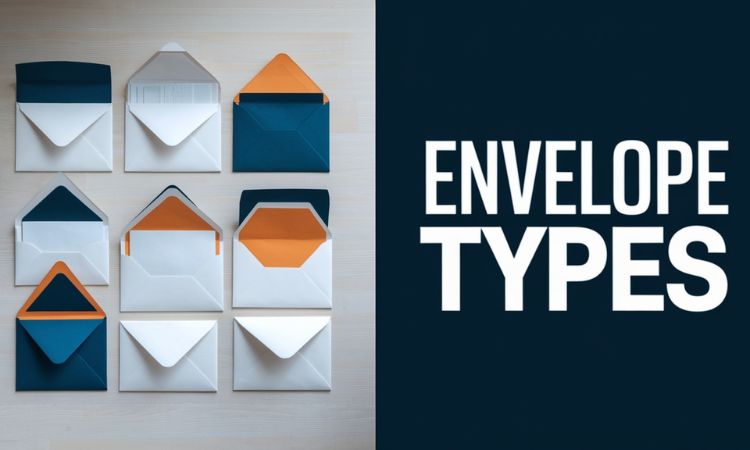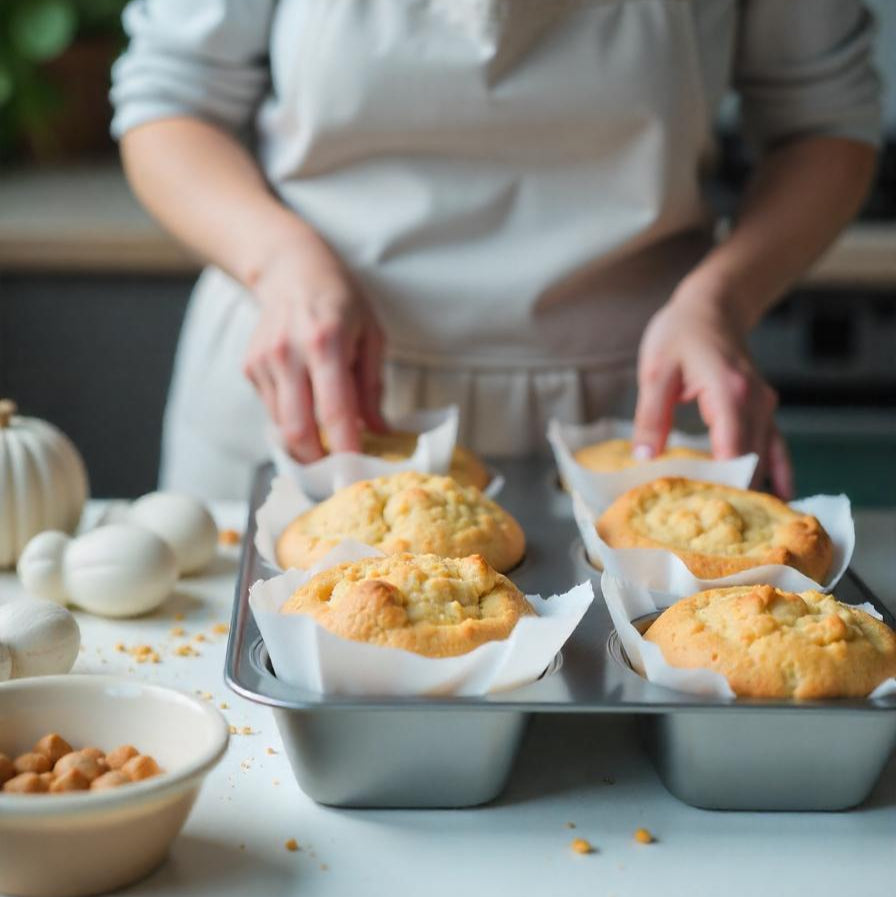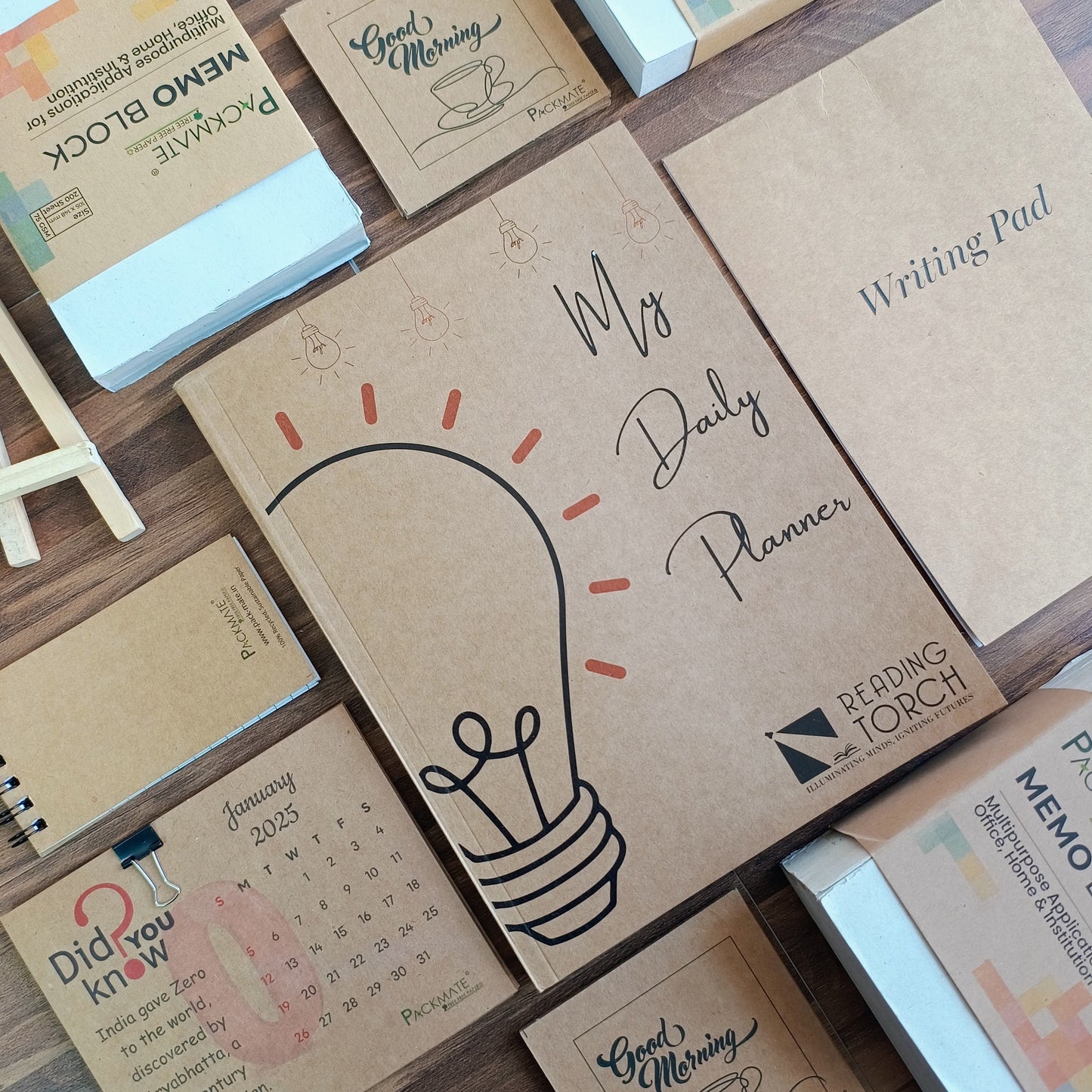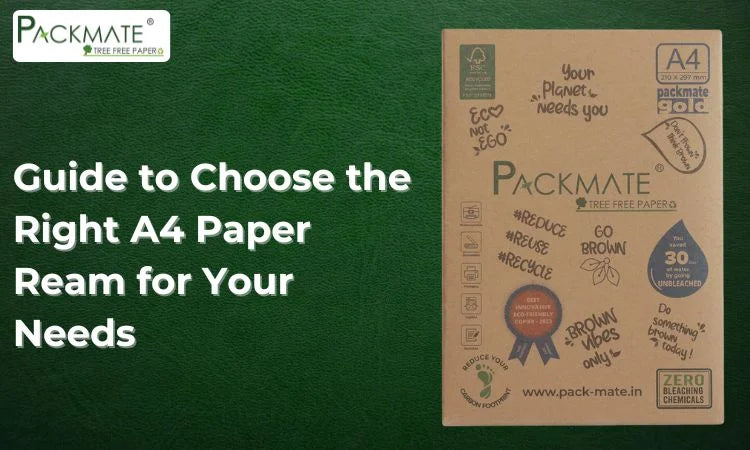
Some occasions ought to be marked with a special touch of affection, don’t they? Do you think you can extend an invite for your special day, say your wedding or birthday, or any other occasion, via online means?
Don’t you feel they are meant to carry a firm personal touch? Similarly, in a professional environment, you would want your messages to make an impact.
Envelopes carry your letters, your feelings while also working to make the first impression for you. You deserve to stand out among the others and that’s why you need to know the wide range of envelopes, their size, and uses.
Let’s discuss the different types of envelopes and our sustainable methods that we believe make us stand out among our competitors.
8 Types of Envelopes and Their Sizes:
1. Commercial Envelopes
Commercial Envelopes are standard business envelopes with a top opening and diagonal seam. These are appropriate for business interactions, invoices, and statements. In layman’s terms, you can call it the office envelope. These envelopes are designed while keeping in mind that they ought to fit standard letter-size documents such as invoice & letters without folding, maintaining a neat and thus professional front. First impressions always matter.
Size: #10 4.125" x 9.5"
Use:
- Office envelopes.
- Invoice
- Office statements.
- Letter-size documents.
- Mailing
- Routine office use.
- Proposals & contracts
- Legal documents.
2. Catalog Envelopes
These are large, sturdy envelopes with the flap on the short side. Their larger size allows bulky items or documents such as catalogs, manuals, or documents with many pages. They are a favorite pick for their size. If you wish to enclose a catalogue or brochure, you may prefer this.
Size: 9" x 12" or 10" x 13"
Use:
This is mostly used for sending various larger documents.
- Catalogs,
- Brochures,
- Promotional materials.
- Sending reports, folders, and contracts
- Packaging marketing collateral or product information.
3. Booklet Envelopes
Booklet Envelopes are large in size and open on the long side. It’s essentially designed for documents with multiple pages like brochures and booklets. These envelopes provide ample space and protection for thicker materials.
Size: 9" x 12" or larger
Use:
- Sending magazines, booklets, and multi-page documents.
- Mailing media kits and presentation materials that need to remain flat.
- Distributing brochures and informational packets.
4. Square Envelopes
Come with equal-length sides and a square flap. Square envelopes are associated with class. They are used for invitations and greeting cards mostly. Their unique shape adds a touch of creativity and elegance to any correspondence.
Size: 5" x 5" or 6" x 6" or larger but dimensions must be the same.
Use:
- Presenting invitations.
- Greeting cards.
- Announcements.
- Packaging creative marketing materials.
5. A-Style Envelopes (Invitation Use)
This type envelope is also called an Announcement envelope and features a square flap. These are generally used to enclose greeting cards and formal invitations to parties and events. These envelopes are perfect for you if you want to extend an invitation for a wedding.
Size: A7 5" x 7"
Use: These envelopes deliver documents with a formal or elegant appearance.
- announcements,
- Invitations,
- Greeting cards Sending photographs or small booklets.
6. Baronial Envelopes:
Baronial Envelopes are formal envelopes with a deep, pointed flap. A baronial envelope is often considered an elegant choice to mark special occasions. Their pointed flap design adds a classic and refined look, making them ideal for formal events.
Size: smaller:5.5" x 7.5" or larger:6" x 9"
Use:
- Formal invitations
- Announcements
- Greeting cards
7. Clasp Envelopes
These envelopes come with a metal clasp and gummed flap. These are durable and are used for interoffice mailings. Clash envelopes are meant to securely hold documents with a clasp closure. These envelopes are designed to facilitate safety of the documents while you transport them.
Size: Various sizes available
Use:
- Storing and transporting important documents.
- Contracts or project files.
- Mailing artwork, photos, and creatives.
- Product samples.
- Handmade cards and invitations.
- Proposals and storing reports, etc.
8. Money Envelopes
These are small envelopes and are generally used for personal uses. Money envelopes may be used to enclose cash gifts in parties. You can also buy small items. Their compact size makes them convenient for personal use, such as gifting or organizing small amounts of cash.
Size: 3.5" x 6.5"
Use:
- Small valuable items.
- Holding cash or checks.
- Personal uses of stocking letters, cash, or documents.
Looking for a one-stop eco-friendly envelope manufacturer? Check out Packmate’s unbeatable collection of eco friendly stationery.
Types of Envelope Sizes :
Here’s a neat tabulation on the types of envelopes and their sizes:
| Envelope Type | Size (inches) | Common Uses |
|---|---|---|
| Commercial | 4.125 x 9.5 | Business correspondence |
| Catalog | 9 x 12, 10 x 13 | Catalogs, brochures |
| Booklet | 9 x 12 or larger | Multi-page documents |
| Square | 5 x 5, 6 x 6 | Invitations, greeting cards |
| A-Style | 5 x 7 | Formal invitations |
| Baronial | 5.5 x 7.5, 6 x 9 | Special occasion invitations |
| Clasp | Various | Presentations, secure document storage |
| Money | 3.5 x 6.5 | Cash gifts, checks |
What Type of Paper Is Used for Envelopes?
The quality of paper that is preferred to manufacture an envelope, mostly depends on the purpose it is supposed to serve, but also to obtain its desired texture.
Some envelopes are meant to carry bulk material, so they are made from thick paper that can sustain weight and pressure.
Some are supposed to look classy and elegant, owing to the sender’s intention and occasion.
Another important point is about the use of recycled material which becomes a means to ensure that envelopes remain both durable and strong and at the same time, limit their environmental impact. It thereby serves purposes of waste reduction into the landfill and the conservation of invaluable natural resources besides making tangible inputs into the world.
Here are some types of papers used for envelopes:
Wove Paper
- Short fibers
- Smooth appearance
- Fairly economical
- Commonly used for statement mailers and direct mail.
Kraft Paper
- Known for its strength
- Highly durabile.
- Typically brown.
- Not ideal for complex graphics due to its long fibers.
Recycled Paper
- Usually made from 10% to 30% used content.
- A sustainable option, that is easy to produce and dispose of.
- Environmentally conscious choice as it limits the cutting of trees.
Specialty Paper
- Available in multiple colors and finishes.
- You can find it in preferred textures.
- Often used for direct mail.
- It may be expensive.
Tear-resistant Paper
- Extremely durable.
- Tear resistant to farther degrees, as the name suggests.
- Often water and moisture resistant.
- Eg: Tyvek and Protec envelopes.
Surfaced Enhanced White Wove
- Known for its smoothness.
- Ideal for heavy ink designs.
- Often used in offset lithographic printing.
Envelope Use Cases Based on Paper & Size:
We’ll present the types of envelope sizes in a tabular format for you.
| Use Case | Recommended Size | Ideal Paper Type |
|---|---|---|
| Office Letters | #10 (4.125" x 9.5") | Recycled white bond paper |
| Contract Docs | 9" x 12" | FSC kraft or manila paper |
| Event Invites | A7 (5.25" x 7.25") | Textured or handmade paper |
| Gift Money | 3.5" x 7" | Recycled or eco-friendly card stock |
| Catalogs | 10" x 13" | Durable recycled kraft paper |
Have you ever wondered what type of paper is used for envelopes? Let us tell you that choosing a suitable paper type, like recycled white bond for letters or textured paper for invitation fliers, adds to the beauty of an envelope and shows the recipient that you mean business.
Conclusion:
Through this article, we have conveyed the importance of knowing and picking different types of envelopes that are appropriate for certain occasions, while keeping in mind that the type of envelope you choose is capable of making subtle impressions to the content enclosed in the.
Be it carrying multiple documents or extending an invite, there’s an envelope fit for every purpose, if you have the eye for it. We have discussed various sizes and uses above for your reference.







